Short descriptions of vintage motorcycles Scott to Zuendapp
Scott
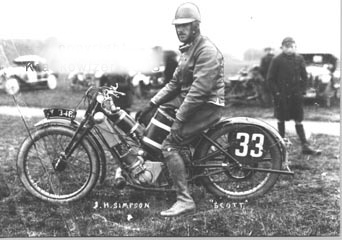
1897, Great Britain, Alfred Scott came in touch with the two-wheeler, as many
other motor cycle producer later too, via the bicycle - his first patent he
received in 1897 for a bicycle rim brake. Already in 1908 the motor cycles
of Scott had been fitted out with two-stroke-engines. Although famous racer
like Jimmy Simpson or Stanley Woods rode the racings models, Scott remained
unsuccessful in racing motor sport.
In 1931 he declared himself bankrupt and a
Scott-enthusiast from Liverpool bought the company and continued under the
name “Scott Motor Ldt.” in better times. Even in 1945 as the doors of the
factory had been closed again, again an enthusiast bought it, gave it the
name “Swift” and produced motor cycles named “Silk” - until 1980, there the
production of Scott - Silk - motor cycles had been closed for ever.
Sunbeam
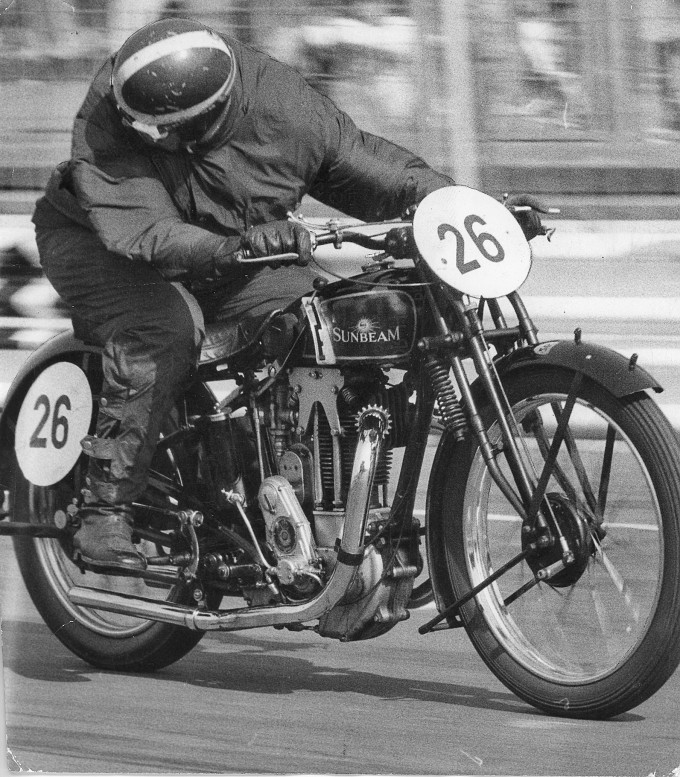
(1790) 1912, Great Britain, the Wolverhampton (GB) based factory had been mentioned proudly on covers of catalogues in 1790, of course not for motor cycles: the family Marston dealt in Japanese products. Then in 1887 bicycles joined the offer of Sunbeam, 1900 they started in construction of cars with DeDion-Bouton-engines and finally in 1912 the first motorcycle with 2 3/4 hp - 349 cc engine was born.
Sunbeam machines were regarded as having the best workmanship and finish of all singles built in England; the Senior-TT four times by this mark in 1920, 1922, 1927 and 1928; most successful riders were Graham Walker and Charlie Dodson, both English, A. Varzi from Italy, F. Franconi from Switzerland and Rupert Karner from Austria.
At the end of 1936 Sunbeam was sold to AMC, which already owned the marks AJS and Matchless. After the Second World War one tried to find connections to former great times, but it remained unsuccessful. The mark disappeared in the beginning 1960ies.
Triumph
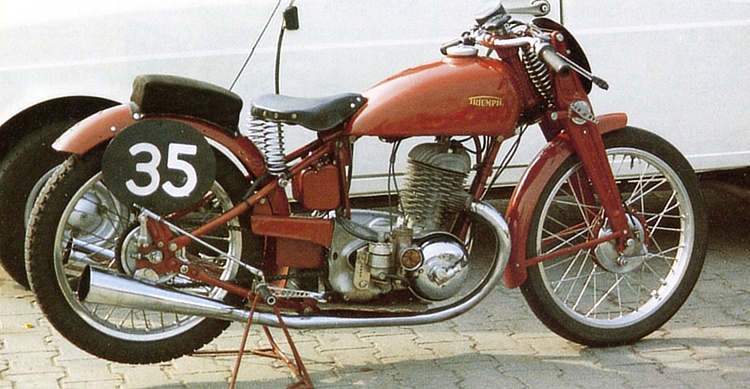
1885, Great Britain
This motor cycle mark was founded by the German businessman Siegfried
Bettmann, who settled in 1884 in England. He founded his own
import-export-company, mainly working for a bicycle factory based at
Birmingham. And very early he recognized that he needed a very good name for
that product, especially in abroad. He decided to call the bicycles
"Triumph. After some expansion with a technical expert, which came from
Germany too, they founded the "New Triumph Cycle Co Ltd." 1902 finally the
first motor cycle was constructed: 239 cc with 1 3/4 hp. Successful
participation at the TT, e.g. in 1908 there were among the first ten riders
five on Triumph, had been followed by financial success of the factory.
In 1927 eight models had been produced, but were cut in half just only a year later in the automobile production favour. Apparently a little bit unsuccessful was the engagement in motor cycle sport in the 30ies, but after the Second World War it worked better, e.g. with the "Grand Prix" model; later on Triumph produced even Trial engines. In 1951 the company was sold to the BSA-Group.
Triumph Germany was founded then in 1896 based at Nürnberg. This connection existed still until 1929, this is where they part company. The Nürnberg based factory had to name its products abroad TWN
Velocette
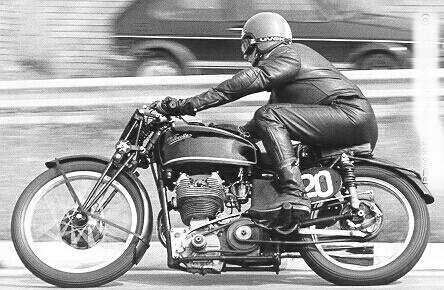
1905, Great Britain, like Triumph, the English make Velocette is linked with a German, Mr. Johannes Gütgemann, who called himself in England John Goodman. He was working with the company "Taylor, Gue & Comp.". In 1905 the company decided to create a motor cycle named "Veloce". But financial troubles of the Taylor company caused Goodman to the step to establish his own company together with Edward William: "Veloce Ltd.".
At Birmingham they had produced "Production Racers" from 1929 for sale to private owners. The models KTT MK I to MK V were produced between 1929 and 1935. No MK VI model was sold to privateers. In 1938 the MK VII having a rigid frame and in 1939 came the MK VIII, a true copy of the Junior TT winning works machine fitted with swinging arm rear suspension, as ridden by Stanley Woods. Production of the KTT MK VIII was continued from 1947 up to 1951 and was the most successful 350 cc racing machine. In those years Velocette won the Junior TT in 1947, 1948 and 1949 as well as the 350 cc World Championship in 1949 and 1950.
In 1971 the company went into voluntary liquidation. Please click to find an English history: www.velocetteowners.com/history/history.html
Victoria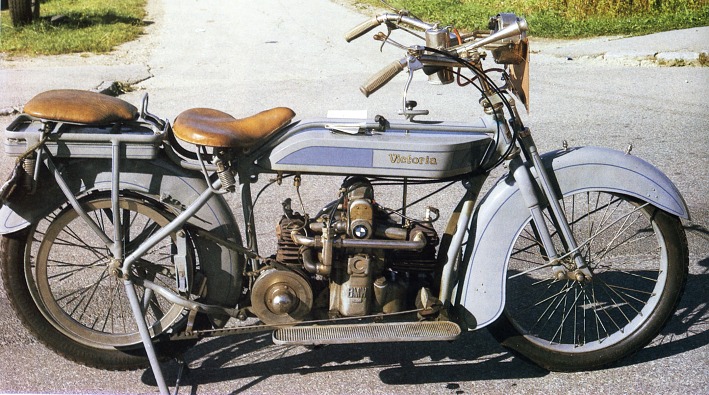
1890, Germany |
Vincent HRD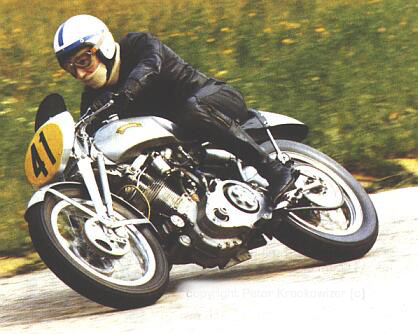
1895, Great Britain |
Wanderer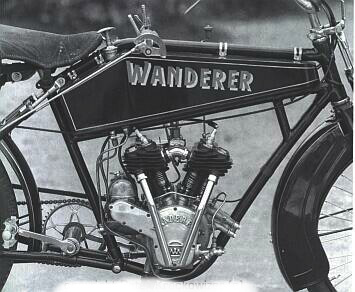
1886, Germany |
Zenith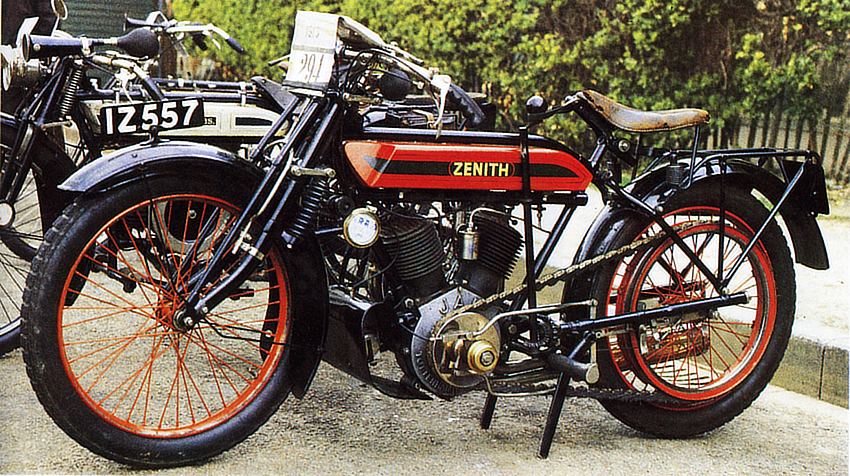
1905, Great Britain |
Zuendapp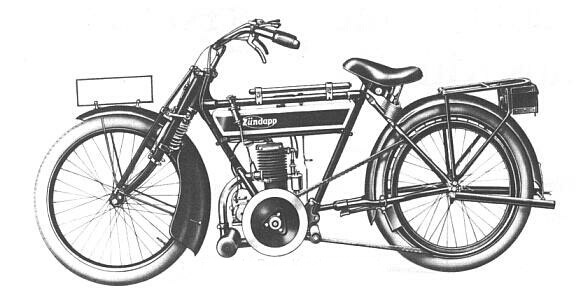
1917, Germany |